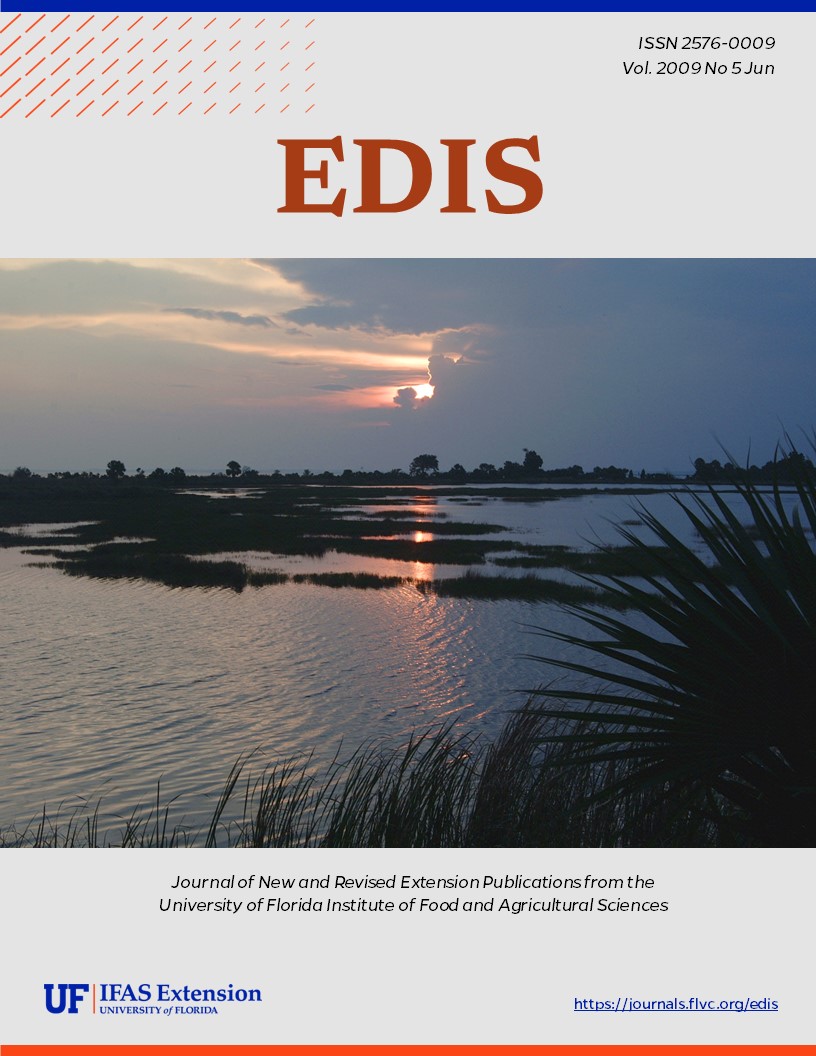Abstract
FOR-216, a 3-page illustrated fact sheet by Francisco Escobedo, Jennifer A. Seitz, and Wayne Zipperer, discusses how Gainesville's urban forest helps remove air pollutants and estimates the value, in reduced health care costs of that reduction, and provides information on the reduction in temperature the trees provide. Includes management recommendations and references. Published by the UF School of Forest Resources and Conservation, May 2009.
References
Escobedo, F. 2007. Urban Forests in Florida: Do they reduce air pollution? (FOR 128). Gainesville FL: School of Forest Resources and Conservation, Florida Cooperative Extension Service, Institute of Food and Agricultural Sciences, University of Florida. https://doi.org/10.32473/edis-fr184-2007
Escobedo, F. and W. Zipperer. 2007. Assessing Gainesville's urban forest effects and values. Unpublished raw data. https://doi.org/10.32473/edis-fr176-2007
Taha, H., D. Sailor, and H. Akbari. 1992. High-albedo Materials for Reducing Building Cooling Energy Use. Lawrence Berkeley National Laboratory Report No. 31721 UC-350: 71. https://doi.org/10.2172/7000986
World Meteorological Organization. 1984. "Urban Climatology and its Applications with Special Regard to Tropical Areas." Proceedings of the Technical Conference Organized by The World Meteorological Organization, Mexico, 26-30 November 1984 (WMO-No. 652): 534.

